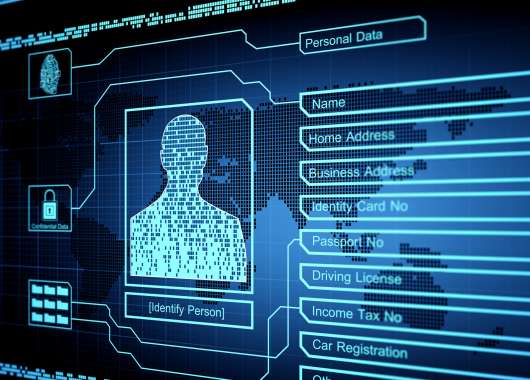Portable devices such as smartphones, tablets, and laptops have become integral to our daily routines, storing a wealth of sensitive personal and professional information. As a result, these devices are frequent targets for cybercriminals.
In this article, we’ll explore the essential do’s and don’ts of securing your smartphone, tablet and computer. You’ll learn practical, actionable steps to protect your data and privacy, helping you stay a step ahead of evolving cyber threats.
Key takeaways
- Use strong, unique passwords and enable two-factor authentication.
- Keep your devices and apps updated to patch security vulnerabilities.
- Only download apps from official sources.
- Avoid using open Wi-Fi networks without protection.
- Adjust device settings to enhance privacy and security.
How can you effectively secure your portable devices?
Properly securing your portable devices requires a combination of actions. These include using strong passwords, enabling two-factor authentication, applying updates regularly, choosing apps carefully, and using secure networks. These steps significantly reduce your risk from cyberattackers.
Cybercriminals are increasingly targeting portable devices because they often contain valuable data and are regularly used outside of secure environments. The best practices outlined below can help you minimize your attack surface and protect your personal information against theft.
Create strong passwords
When creating passwords, make sure they are longer than eight characters and include a mix of numbers, special symbols, and both uppercase and lowercase letters. Avoid using dictionary words or predictable patterns, instead choosing random combinations that are harder to guess.
Every one of your accounts should have a unique password, and you should change your passwords every 45 days. It’s also important not to reuse old passwords or stick with default credentials, as doing so makes your accounts more vulnerable to attack. You can make this process much easier using a secure password manager.
You might be interested in: 40+ Password Statistics That Will Change Your Online Habits in 2025
Enable Two-Factor Authentication (2FA)
Two-factor authentication should always be enabled, especially for accounts that contain sensitive or work-related information. This extra layer of security not only makes it more difficult for unauthorized users to gain access but also alerts you to any suspicious login attempts. By activating 2FA, you significantly reduce the risk of identity theft and insider threats.
Check out this great tutorial on how to enable 2FA from Google.
Keep devices locked
Always use a lock screen password or biometric authentication (like FaceID or TouchID) to secure your device. Make it a habit to lock your device whenever it’s not in use, even if you’re just stepping away for a moment. To make things even easier, your smartphone, tablet and computer can be configured to lock the screen automatically when not in use.
This simple step can prevent unauthorized access from people nearby and protect your information if your device is lost or stolen.
Adjust device and privacy settings
Regularly review and update your device’s privacy and security settings. Block automatic cookie and location tracking to minimize data exposure. Disable features like auto file downloads and auto-run, which can be exploited by malware. When not in use, turn off Bluetooth and close unnecessary apps to reduce the risk of unauthorized access.
Keep software and apps updated
Ensure that your device’s operating system and all installed applications are kept up to date. Software updates often include important security patches that address newly discovered vulnerabilities.
Check update prompts carefully to avoid falling victim to malware disguised as legitimate software patches. You should also monitor your accounts for any unauthorized changes, such as automated password reset requests, which could indicate a security breach.
Only download apps from official stores
Only download apps from trusted sources such as the Apple App Store or Google Play. Third-party app stores are notorious for hosting malicious software that can compromise your device.
Official app stores invest significant time and effort in protecting users against fake apps and malware. According to Apple, their security policies have blocked more than two million ‘risky’ apps from being released to customers.
Avoid open Wi-Fi networks
Public Wi-Fi networks are common targets for hackers. If you need to use an open Wi-Fi network, like in a coffee shop or library, always connect through a reputable VPN to encrypt your data and protect your privacy.
Whenever possible, use secure, password-protected networks, especially when accessing work accounts or sensitive information.
Conclusion
Securing your portable devices is essential for protecting both your personal and professional life. By using strong passwords, enabling two-factor authentication, keeping your devices updated, and being cautious about where you download apps and how you connect online, you can significantly reduce your risk of cyberattacks and data breaches.
Protecting your devices requires vigilance, discipline and proactivity – but the effort is definitely worth it.
Continue reading: How Much Data Does Streaming Use? + 5 Tips to Manage Data






